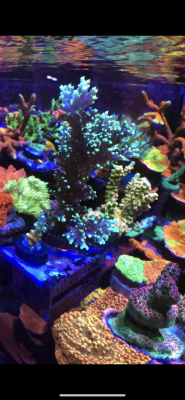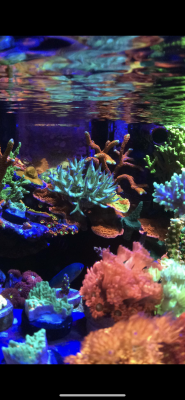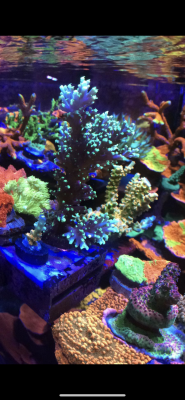- Joined
- Jun 9, 2015
- Messages
- 312
- Reaction score
- 245
I agree with this approach, lower nutrients, lower ALK, lower PAR. Everything working together. and match consumption possibilities. If you have higher nutrients, than consider higher ALK, and higher PAR.Generally, I run lower alk in a lower nutrient environment. Higher alk in a low nutrient environment tends to result in burnt tips. The problem with gleaning just a single parameter or thing to emulate is that it's just that, one of many parameters/things that are being used and won't necessarily result in the same/identical results as the tank (or vendor) you're emulating.
i run 7 myself, and I do have low nutrients.
i think one of the reasons to run between 7 and 8, is if something does happen, your buffer, 2 part, kalk, calcium reactor, whatever, stops working for whatever reason, you can drop to say 7, where you hopefully catch it before it gets too much lower. Just a failure buffer,



















